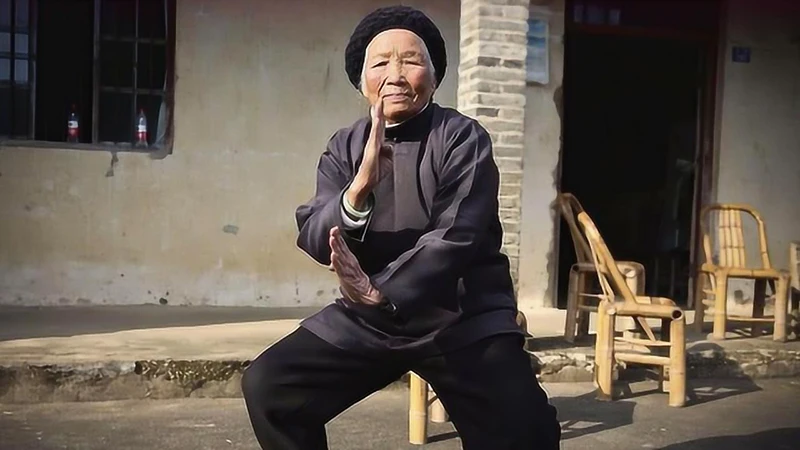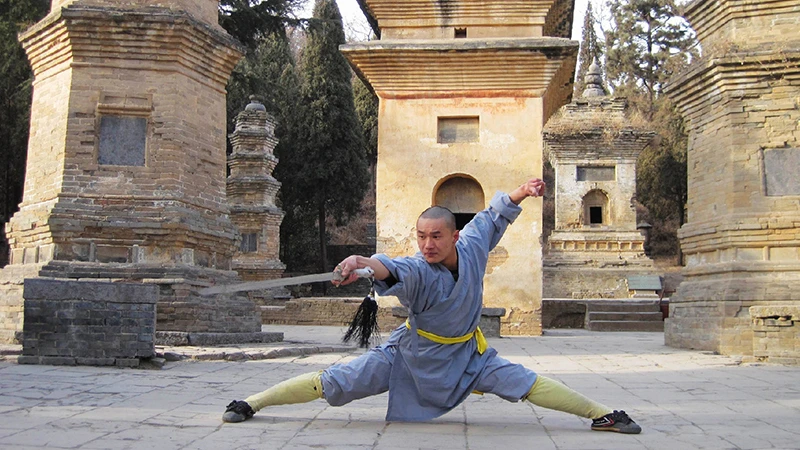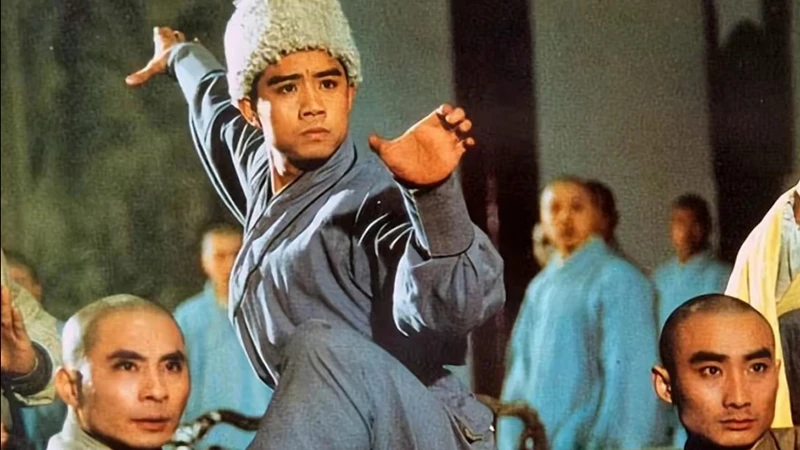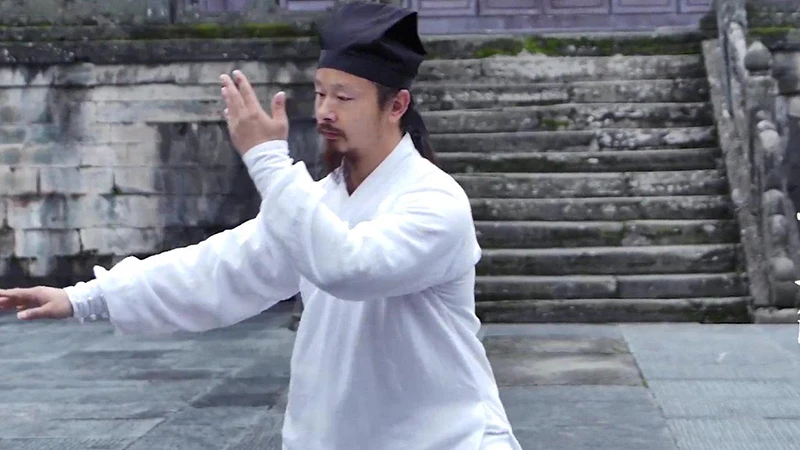At the break of dawn, the serene grounds of Yidong Primary School (怡东小学) in Foshan echo with sharp shouts of “Hey! Ha!” as students diligently practice Eagle Claw Fist. Each movement is precise, each punch fierce, and each step calculated. For these young students, martial arts isn’t just an after-school activity; it’s an integral part of their daily routine.
Eagle Claw Fist, a traditional form of Chinese martial arts, has made a strong comeback in the local educational scene, specifically in Foshan’s schools, where it’s now taught as part of the daily physical education program. At Yidong Primary School, it’s even become the official morning exercise. The man behind this resurgence is Xu Fengjin (许凤金), vice president of the Foshan Eagle Claw Fist Association and a passionate advocate for martial arts in modern education. Recently recognized as a Foshan Intangible Cultural Heritage inheritor, Xu has made it his mission to keep this centuries-old tradition alive and well.

Bringing Martial Arts Back to School
The introduction of Eagle Claw Fist in schools reflects a broader movement in China: the return of traditional culture into everyday life. As modern lifestyles drift further from their cultural roots, initiatives like Xu Fengjin’s offer a pathway to reconnect younger generations with the nation's heritage. In Foshan, a city with a deep history in martial arts, bringing back styles like Eagle Claw Fist feels like a natural fit.
“It’s more than just physical activity; it’s a way to teach discipline, focus, and respect for tradition,” says Xu. Eagle Claw Fist, with its quick, powerful strikes and agile footwork, was originally developed for battlefield combat. But today, it serves as an exercise that not only builds strength but also sharpens the mind. The carefully choreographed movements require concentration and mental fortitude, making it an ideal practice for young students.
The martial art's comeback in schools can also be linked to the government’s increasing push for physical fitness and cultural education among children. Incorporating martial arts into daily school life promotes both, offering students a way to stay fit while learning about their cultural heritage. “It’s about building a strong body and a strong mind,” Xu explains.
The Legacy of Eagle Claw Fist
Eagle Claw Fist, or Ying Zhao Fan Zi Quan (鹰爪翻子拳), traces its origins back to the legendary Chinese general Yue Fei (岳飞), who served in the Southern Song Dynasty. Known for his heroic feats during the defense against northern invaders, Yue Fei is said to have created the martial art based on the swift and deadly movements of the eagle. The style quickly became revered for its effectiveness in both offense and defense, particularly in close combat.
Throughout the centuries, Eagle Claw Fist evolved into a highly respected martial art with several offshoots, one of which made its way to Foshan in the early 20th century. Brought by masters from northern China, the style took root in the city, eventually being taught at the prestigious Jingwu Association (精武体育会). Over time, it became one of the few northern martial arts styles to become widely practiced in southern China.
Xu Fengjin, whose mastery of Eagle Claw Fist comes from years of dedication, sees himself as part of this legacy. His teacher, a disciple of the renowned master Liu Fameng (刘法孟), helped introduce the style to southern China, particularly in Foshan. “Eagle Claw Fist is a symbol of strength, resilience, and Chinese identity,” says Xu. “Teaching it to the next generation is my responsibility.”
In Foshan, the revival of Eagle Claw Fist has been embraced enthusiastically by both students and teachers alike. Xu’s efforts have turned Yidong Primary School into a training ground not only for martial arts enthusiasts but for students who may one day carry the torch of this cultural heritage.
A Pathway to Fitness, Focus, and Cultural Connection
Beyond the physical benefits, Xu emphasizes the role martial arts play in developing mental strength. In the fast-paced, technology-driven world, many children struggle with focus and discipline. Martial arts, with its emphasis on repetition, concentration, and perseverance, is an antidote to the distractions of modern life.
“Practicing martial arts like Eagle Claw Fist trains the body, but it also trains the mind,” Xu explains. “Every punch, every step, every stance is designed to build focus and awareness.” For Xu, this makes it an ideal activity for children, especially in a time when digital distractions are all around.
The physical training also has therapeutic benefits. Traditional Chinese martial arts, including Eagle Claw Fist, are deeply connected to Chinese medicine and health practices. The movements are designed not just to build strength but also to promote the flow of energy, or “qi (气),” within the body. In the long term, this promotes health and well-being, making it a holistic exercise.
Xu’s vision for the future extends beyond the classroom. He hopes to see Eagle Claw Fist practiced more widely across Foshan and even China. His team regularly organizes martial arts performances and participates in cultural events to showcase the beauty and strength of this traditional art form. He believes that through these efforts, martial arts can become more than just a sport; it can be a way for people to reconnect with their roots.



